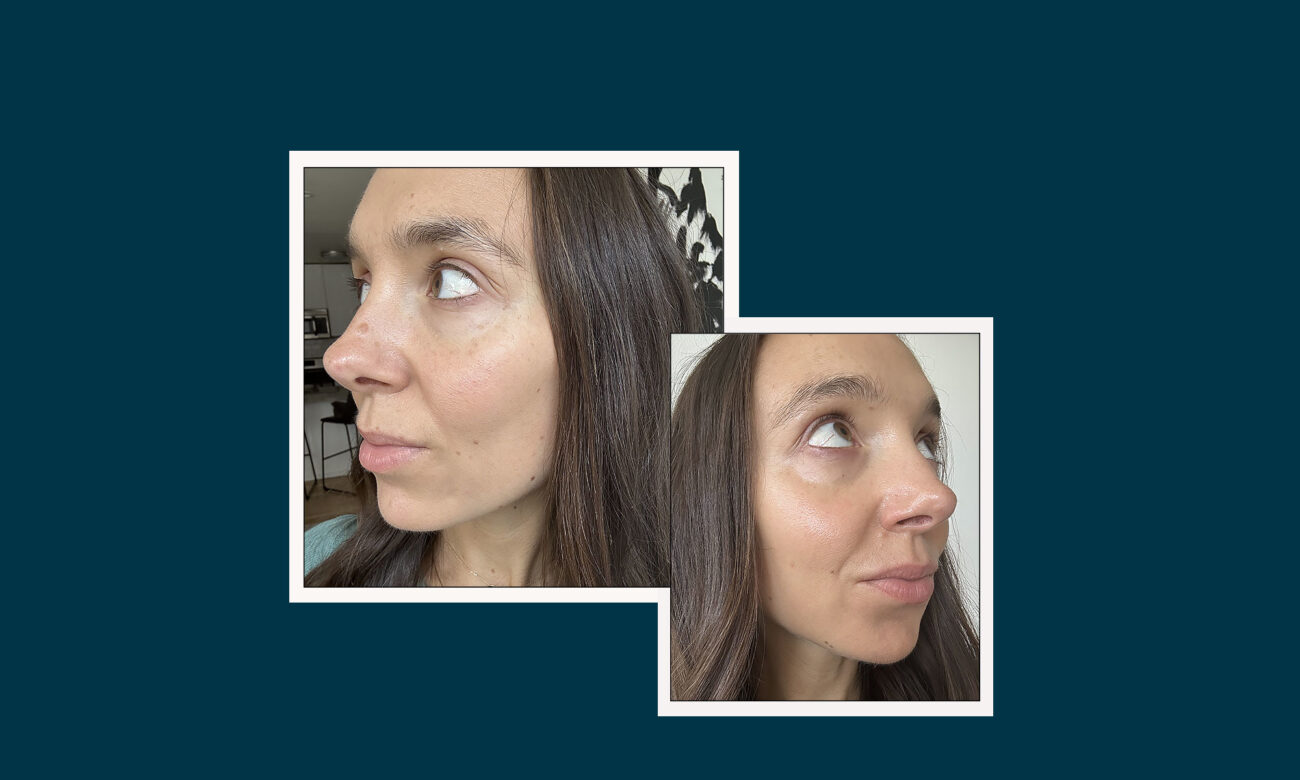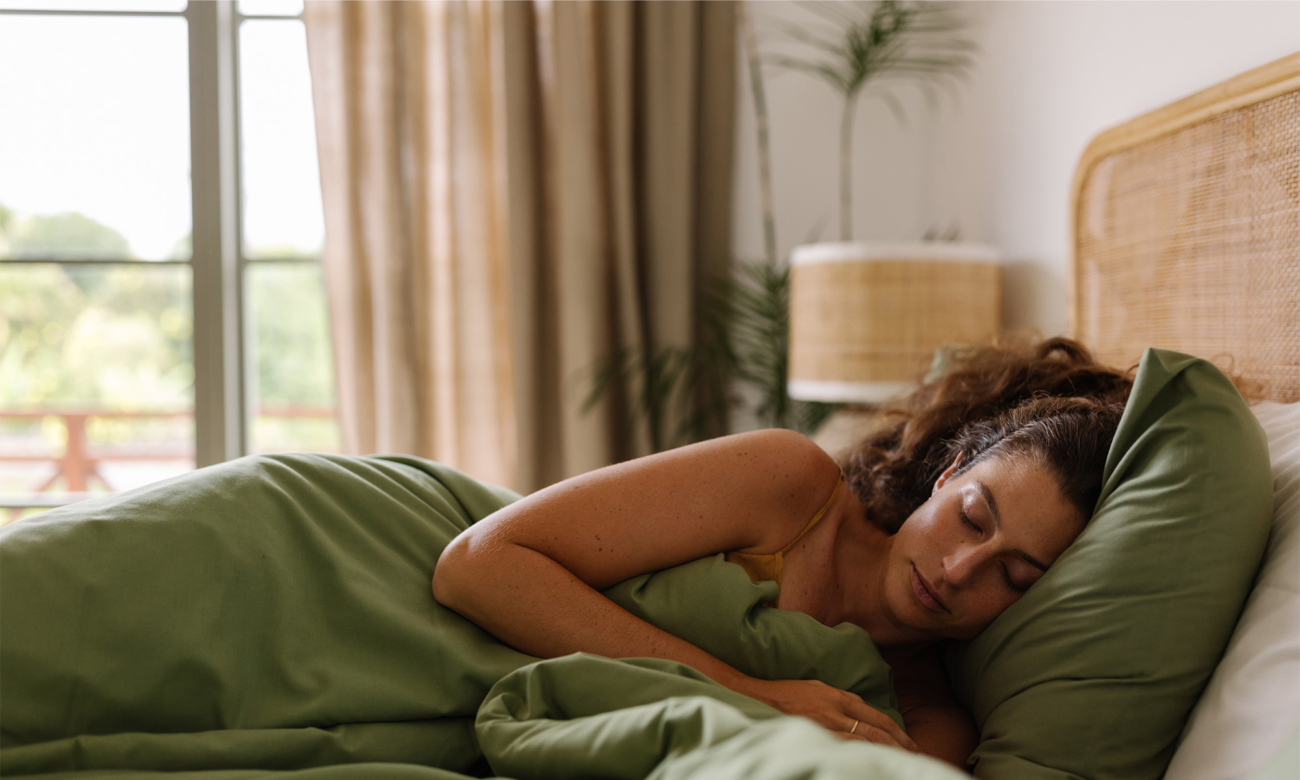Blog
Signs of Sleep Apnea in Women Can Be as Subtle as Daytime Fatigue

But here’s the tricky part: A diagnosis of sleep apnea is currently based on your average number of apneas per hour throughout the night—more than five, and you have a mild form of the disease; above 15, and it’s considered moderate; and if you surpass 30, you’re in severe territory. REM sleep, however, is only about 20% of an eight-hour night, Dr. Won points out. So, if women are usually just having apneas during REM (and not in non-REM), their average will be skewed lower.
“You could be having a hundred [apnea] events during REM sleep, but because it’s diluted by having none in non-REM, the end result looks ‘mild,’” Dr. Won says. And yet, experiencing a ton of apneas during REM can certainly leave you feeling fatigued and restless; plus, research suggests REM-related apneas, in particular, increase your risk for cardiovascular issues down the road (more on this below). The way REM-only apnea can get mischaracterized as NBD means that women—who, again, tend to have this type—may be denied insurance coverage for the treatment they clearly need, Dr. Won says.
Social factors related to gender just add to the problem of underdiagnosis in women.
It isn’t just biological differences and bias in medicine that cause sleep apnea to fly under the radar in women; it’s also cultural norms that might make it less likely for women to seek out care in the first place. That’s one reason why cis and trans women may both face disparities in diagnosis and treatment regardless of anatomical differences.
“It’s normalized in our society that women should be chronically sleep-deprived and that we’re also supposed to suffer more,” Dr. Matsumura notes. “We start menstruating, and it’s like, ‘Well, you’re going to have cramps,’ and you might not sleep because of these hormonal changes. Or, ‘You’re pregnant, so it’s normal not to get good sleep.’ And then you have a baby, and it’s the same thing.” There’s also all the cultural messaging that equates womanhood with pain and inconvenience—whether it’s the suggestion that you jump through hoops to meet gendered beauty standards or that you should be willing and able to “do it all” (housework, family work, work work). It’s no wonder so many women pushing through fatigue might not suspect they could have a medical condition worthy of treatment.
Add to that the stigma surrounding the most well-known symptom of sleep apnea: loud snoring—which, reminder, can still be a sign in women, even if it’s less common. The harmful misconception that snoring is a “masculine” thing to be ashamed of might lead some women to avoid bringing up sleep apnea with their doctor. Research also suggests men who share a bed with a woman might be less apt to tell them about nighttime snoring or gasping (and suggest they seek care) versus the other way around, Dr. Won says. More proof of that point: Data show women are more likely than men to show up solo to doctor’s appointments for sleep apnea than with their bedpartner.
It’s essential to check in with your doctor if you’re dealing with persistent daytime fatigue or other signs of sleep apnea.
Going undiagnosed with sleep apnea doesn’t just mean dealing with more fatigue, irritability, and restless nights (though that’s reason enough, in our book, to seek out care). It could also put you at greater risk for serious health issues affecting your heart and brain. Those little episodes of struggling for air trigger the release of hormones like adrenaline that stress your heart and ramp up your blood pressure over time, raising your chances of a cardiovascular event like a heart attack or stroke, Dr. Won says. And the dip in oxygen levels caused by apneas may also damage small blood vessels in your brain, putting you at greater risk of cognitive decline and perhaps even dementia. Not to mention the risks, more broadly, of getting consistently poor-quality or insufficient sleep, like brain fog, mental-health issues, and a not-so-effective immune system, for starters.
All to say, if you feel like you’re never quite fully rested despite getting enough sleep, or you’re more groggy, irritable, or headache-y than usual, it’s worth bringing up sleep apnea with your doctor, especially if you identify as a woman or have female anatomy. This way, you can get to the bottom of what’s triggering your symptoms, sleep apnea or otherwise—and you can reduce your chances of going undiagnosed.
Related:
Get more of SELF’s great service journalism delivered right to your inbox.












